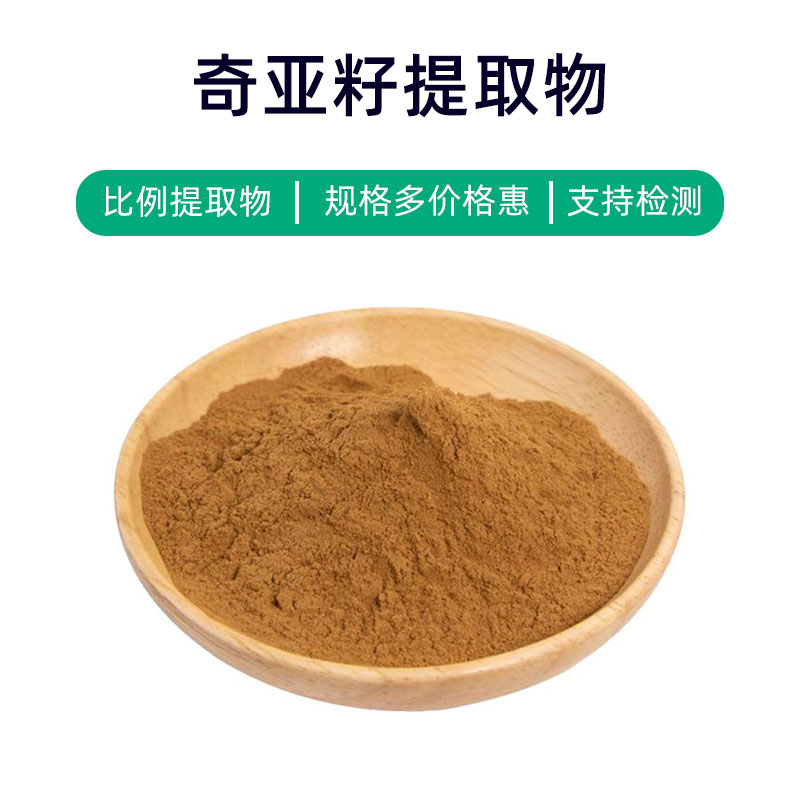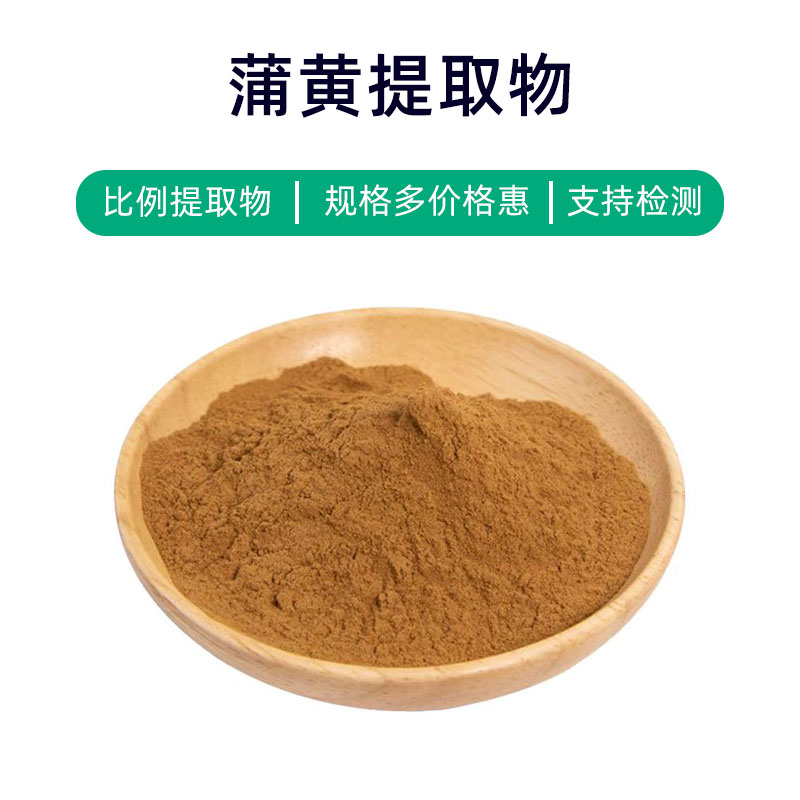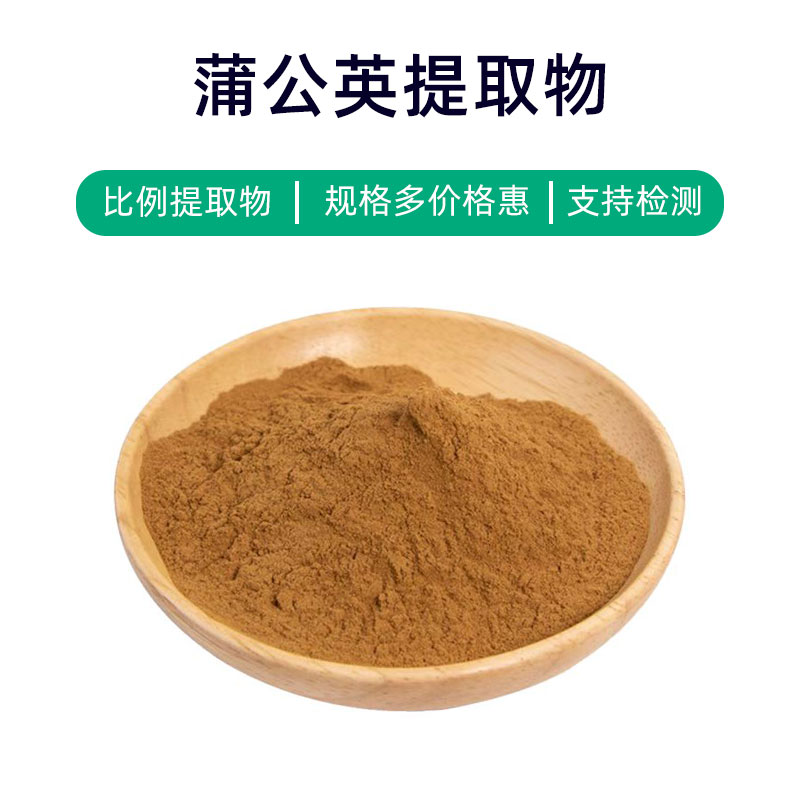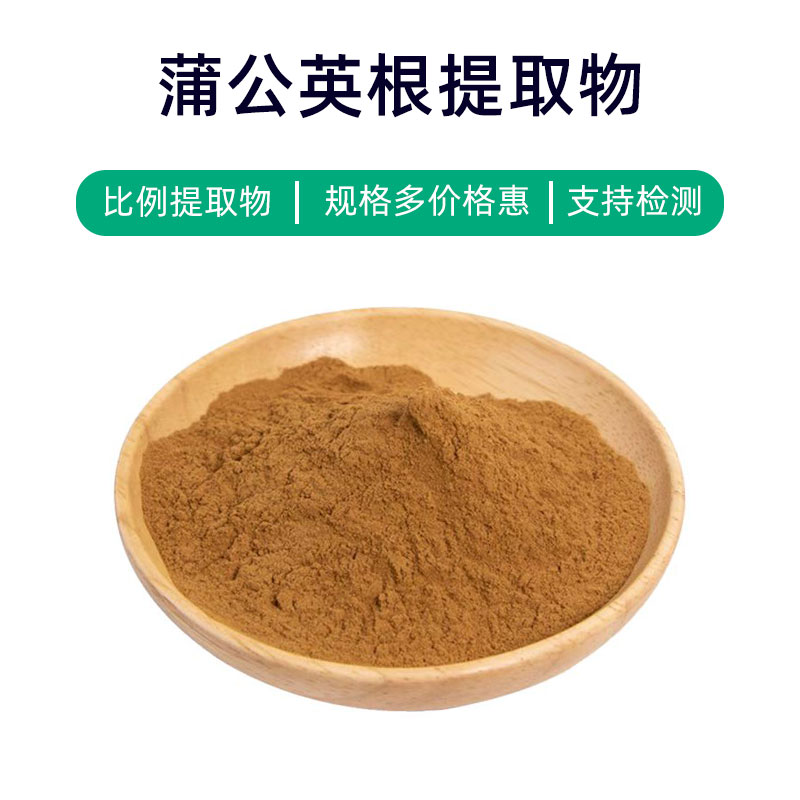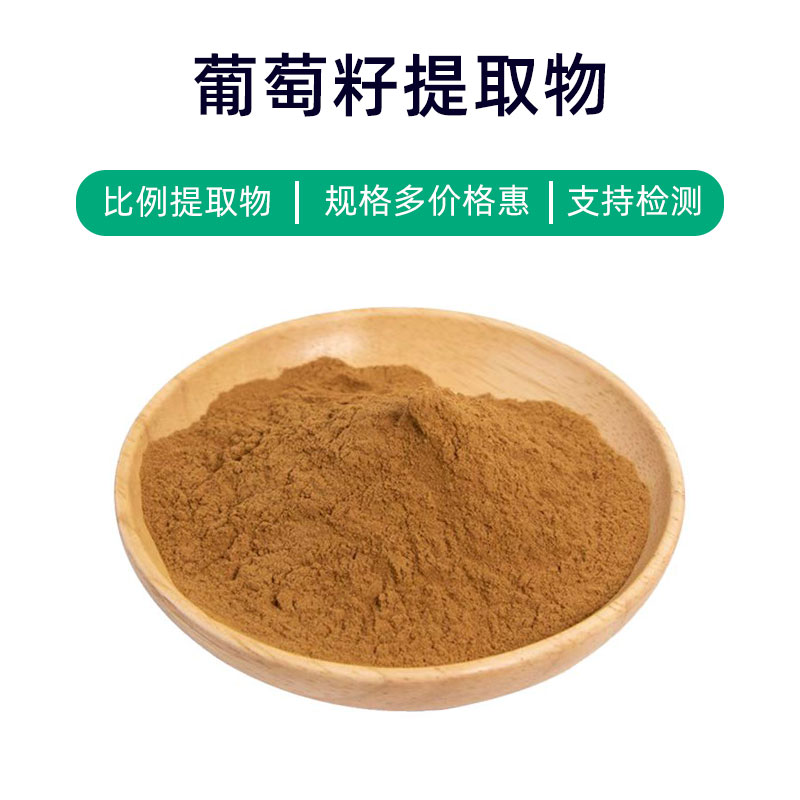Rhubarb Extract Product Introduction
Rhubarb extract is a natural plant extract derived from the root of rhubarb, with key components including Rhein, Chrysophanol, and Emodin. These compounds give rhubarb extract a variety of benefits and extensive applications.
Firstly, rhubarb extract is widely used in the pharmaceutical field. Its active components are known for their effectiveness in clearing heat, relieving fire, and promoting bowel movements, making it a common remedy for constipation and digestive issues. Additionally, rhubarb extract is employed for detoxification, frequently found in traditional Chinese medicine formulations for treating heat-related illnesses.
Secondly, rhubarb extract is also utilized in the dietary supplement industry. The active ingredients are rich in antioxidants, anti-inflammatory properties, and immune-regulating effects, which can enhance the body's immune response, slow aging, and provide some protective benefits for cardiovascular health and liver function.
Rhubarb extract is also used as a food additive and an ingredient in cosmetics. In food, it often acts as a natural colorant and flavor enhancer, imparting special colors and scents to products. In cosmetics, its anti-inflammatory, antibacterial, and antioxidant properties are widely used in skincare products to help resolve skin issues and maintain skin health.
In summary, rhubarb extract is a multifunctional natural plant extract with significant application value in the pharmaceutical, dietary supplement, food, and cosmetic industries.
Rhubarb Extract Production Process
The production process for rhubarb extract typically includes the following steps:
- Raw Material Preparation: Select fresh rhubarb roots as raw material, wash, and perform initial processing to remove dirt and impurities, ensuring quality and purity.
- Crushing and Grinding: Crush and grind the cleaned rhubarb roots into a particle form suitable for extraction, increasing extraction efficiency.
- Solvent Extraction: Use suitable solvents (such as ethanol or water) to extract the rhubarb roots, dissolving the active components. Control the extraction conditions, including temperature, time, and solvent concentration, to ensure efficiency and quality.
- Filtration and Separation: Filter the mixed solution obtained from extraction to remove solid residues and impurities, yielding an extract solution.
- Concentration and Evaporation: Concentrate and evaporate the extract solution to remove excess solvent, thus concentrating the extract and increasing active ingredient content.
- Crystallization and Precipitation: By controlling conditions such as temperature and pH, encourage the active components in the extract solution to crystallize and precipitate, further enhancing purity.
- Drying and Grinding: Dry the crystallized extract to turn it into a powdered form for convenient packaging and application.
- Packaging and Storage: Package the dry powdered extract using sealed materials to prevent moisture, spoilage, and oxidation. Store in a cool, dry area away from direct sunlight and heat.
The above outlines a typical production process for rhubarb extract, with strict control needed at each step to ensure product quality and safety.
Rhubarb Extract Effects and Side Effects
Rhubarb extract is a commonly used herbal extract with several benefits, mainly including:
- Warming the Stomach and Promoting Bowel Movements: It helps enhance gastrointestinal motility, alleviating symptoms like constipation and bloating.
- Reducing Swelling and Relieving Pain: Rich in compounds like aloe-emodin, it can reduce swelling and relieve pain, useful for treating injuries and soreness.
- Clearing Heat and Reducing Fire: Rhubarb extract has the ability to clear heat and reduce internal fire, beneficial for symptoms like dry mouth, bitter taste, red eyes, and sore throat.
- Diuretic and Detoxifying: It can increase urine output, promoting the excretion of waste and toxins from the body, aiding in cleansing harmful substances.
- Detoxifying: Rhubarb extract is used in detoxifying, offering some relief for diarrhea and jaundice caused by poisoning.
- Improving Digestion: Rhubarb extract regulates the digestive system, increasing gastric secretion, enhancing appetite, and alleviating indigestion.
Despite its numerous benefits, there are also side effects and precautions to consider when using rhubarb extract:
- Long-term or excessive use may lead to bowel dysfunction, causing diarrhea and abdominal pain.
- Special populations such as pregnant women, nursing mothers, and children should use rhubarb extract cautiously to avoid adverse effects.
- Rhubarb extract may interact with certain medications; for example, using it alongside anticoagulants or blood sugar-lowering medications may amplify effects or side effects.
- Before using rhubarb extract, consult a doctor or pharmacist for advice, selecting appropriate dosages based on individual conditions and symptoms to avoid adverse reactions.
In conclusion, rhubarb extract possesses various health benefits; however, its use should be approached with caution, adhering to medical guidance on dosage and usage to prevent negative reactions.
Rhubarb Extract Application Scenarios and Dosage
Rhubarb extract has extensive applications in pharmaceuticals, food, and cosmetics. Below is an overview of its applications and dosages across various fields:
Pharmaceutical Applications:
- Laxative Effect: Rhubarb extract is frequently used in traditional medicine as an effective laxative for constipation and heat-related issues. The recommended dosage is typically 3-10 grams for adults, taken orally, often brewed in water.
- Clearing Heat and Detoxifying: Its detoxifying properties make it suitable for heat conditions like abscesses and swelling. It can be applied externally as a paste or ointment directly to affected areas.
- Reducing Swelling and Pain Relief: Rhubarb extract helps alleviate pain from injuries and is commonly made into topical patches or ointments for application.
Food Applications:
- Additive: Rhubarb extract serves as a food additive, commonly found in traditional pastries and cookies to enhance flavor or improve texture.
- Food as Medicine: With its rich active compounds, rhubarb extract has health benefits and can be used as a food ingredient in products like rhubarb tea and beverages.
Cosmetic Applications:
- Whitening and Spot Removal: The compounds in rhubarb extract contribute to whitening and reducing spots, making it suitable for products like whitening masks and creams.
- Anti-inflammatory and Antibacterial: Its bioactive components have anti-inflammatory and antibacterial effects, making it beneficial for skincare products such as acne creams and calming face masks.
Precautions:
- Use rhubarb extract as directed by a healthcare professional to avoid overuse or prolonged use, which could result in adverse reactions.
- Special populations, including pregnant women, nursing mothers, and children, should avoid rhubarb extract or use it under medical supervision.
- When used in cosmetics, ensure that formulations are stable and safe, avoiding skin irritation or allergic reactions.
Overall, rhubarb extract has diverse applications in pharmaceuticals, food, and cosmetics, but attention to dosage and methods is essential for safe and effective use.
Rhubarb Plant Source, Distribution, and Growth Environment
Rhubarb (scientific name: Rheum palmatum) is a perennial herbaceous plant belonging to the buckwheat family. It is one of the commonly used medicinal herbs in traditional Chinese medicine. Below is an overview of the plant's source, distribution, and growth environment.
Source Plants:
The source plants for rhubarb are those in the Rheum genus, mainly including rhubarb (Rheum palmatum), Tibetan rhubarb (Rheum tanguticum), and Chinese rhubarb (Rheum officinale). Among them, rhubarb (Rheum palmatum) is the most common variety, widely used in medicinal and other fields.
Distribution:
Rhubarb originates from the northwest region of China, primarily found in areas like the eastern edge of the Tibetan Plateau, Xinjiang, Gansu, Qinghai, and Sichuan. Additionally, it is also distributed in regions of Russia and Mongolia. It grows at a wide range of altitudes, from lowlands to mountainous areas.
Growth Environment:
- Climate Requirements: Rhubarb has strong adaptability, thriving in cold, arid alpine regions as well as humid low-altitude areas. Generally, favorable climatic conditions include mild humidity with adequate sunlight and rainfall.
- Soil Requirements: Rhubarb prefers well-drained, loose, and fertile sandy or clayey loam. While it does not have strict soil requirements, it’s important to maintain soil aeration and moisture retention.
- Growth Habits: Rhubarb is light-loving and cold-tolerant, showing strong adaptability to various environmental conditions. Its growth period is relatively long, typically requiring 3-5 years to reach harvest standards.
Rhubarb is an important medicinal material with diverse source plants, extensive distribution, and strong adaptability to growth environments. However, due to overharvesting and environmental contamination, wild rhubarb populations are declining, emphasizing the importance of its conservation and sustainable use.
Processing and Storage of Rhubarb Extract
Typically, processing rhubarb extract includes these steps: first, washing and preparing the rhubarb to remove impurities and unwanted parts; secondly, grinding or chopping the cleaned rhubarb for easier extraction; then, extracting the active ingredients using appropriate methods (like water or alcohol extraction); finally, concentrating, drying, and grinding the extract to produce the final product. During storage, it is important to avoid direct sunlight and high temperatures, keeping it in a sealed, dry environment to maintain quality and stability.
Monica Sun is a seasoned expert in the plant extraction industry with over a decade of experience in research and production. She specializes in the extraction and purification of plant active ingredients, focusing on driving innovation in natural product applications. Monica has participated in the development of multiple functional plant extracts, delivering high-value natural raw material solutions for the health food, pharmaceutical, and dietary supplement sectors.









